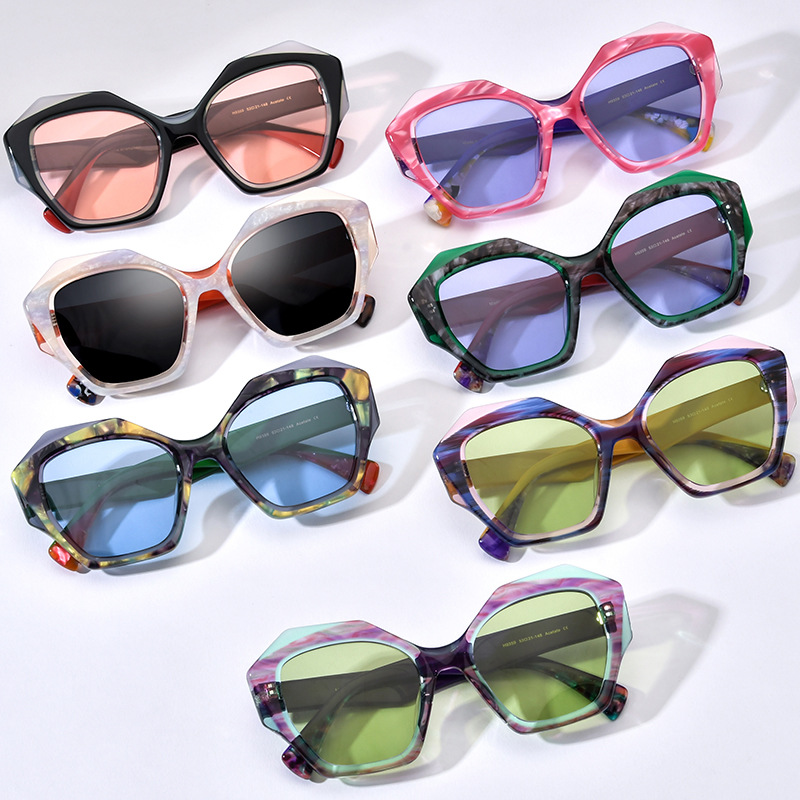Relevant standard
Ultraviolet protection factor (UPF)
Definition: UPF is a measure of the ability of a fabric or material to block ultraviolet light, and in the case of sunglasses, it reflects the filter effect of the lens on ultraviolet light. The higher the UPF value, the better the protection of the glasses against UV rays.
Standard requirements: In general, sunglasses with a UPF value greater than 40 and a UV transmittance of less than 5% are considered to have good UV protection and can be identified as UPF40+. If the UPF value is above 50 and the UV transmittance is less than 2%, it can be identified as UPF50+, which is currently the higher level of protection.
Ultraviolet A (UVA) and ultraviolet B (UVB) blocking rates
Definition: UVA and UVB are the two main components of ultraviolet light. UVA has a longer wavelength and can penetrate deeper layers of the skin, causing skin aging and tanning. UVB has a shorter wavelength and mainly causes sunburn. Sunglasses need to be good at blocking both types of UV.
Standard requirements: According to relevant standards, qualified sunglasses should be able to block at least 95% of UVA and UVB rays. High-quality sunglasses typically block 99 percent or more of UVA and UVB.
A method of detecting authenticity

View product logos and certifications
Label information: The UV protection parameters, such as UPF value, UVA and UVB blocking rate, should be clearly marked on the label of genuine sunglasses. At the same time, there may also be brand logo, model, material and other details.
Certification mark: Some international authoritative certification bodies, such as FDA certification in the United States, CE certification in Europe, etc., have strict testing standards for the UV protection performance of sunglasses. Sunglasses with these certification marks usually have a certain level of quality assurance in terms of UV protection.
Simple self-test method
Observe the color change: Use the UV sensor card or UV detector pen, and place the sunglasses lens on the detection area of the sensor card or detector pen in an ultraviolet environment. If the ultraviolet intensity displayed by the sensor card or the detector pen is significantly reduced, it indicates that the lens has a certain ability to prevent ultraviolet rays.
View the ultraviolet light source through the lens: In a dark environment, shine an ultraviolet flashlight on the sunglasses lens and view from the other side of the lens. If the ultraviolet light intensity seen is very weak or almost invisible, it means that the lens has a good blocking effect on ultraviolet light.
Professional organization testing
Spectral analyzer detection: Professional testing institutions can use the spectral analyzer to detect the sunglasses lens, accurately measure the transmission rate and absorption rate of the lens in the ultraviolet range of different wavelengths, so as to accurately determine whether its anti-ultraviolet performance meets the standard.
Simulation of sunlight detection: Through the simulation of sunlight equipment, under different ultraviolet intensity and Angle, the sunglasses are tested to observe the protective effect of the lens on ultraviolet rays, and evaluate its anti-ultraviolet ability in actual use.
Post time: Feb-20-2025